Séance plénière 2 – Une région euro-méditerranéenne mieux intégrée pour relever les défis communs : renforcer la résilience de la région grâce aux chaînes de valeur régionales
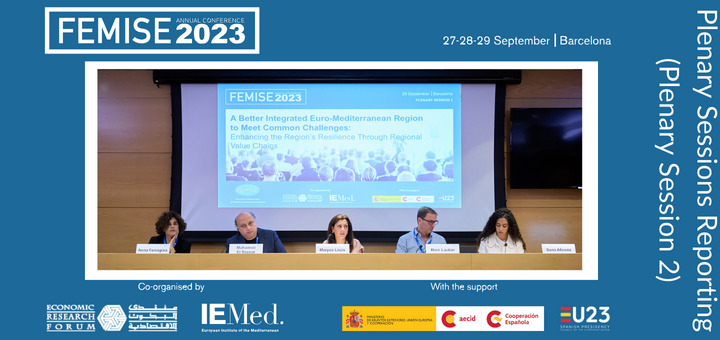
Following the recent disruptions in the global supply chains due to the COVID-19 pandemic and the war in Ukraine, the idea of near-shoring gained momentum in the Euro-Mediterranean region. This represents an opportunity for both shores as it would not only enhance intra-regional trade but will open new opportunities for cooperation on issues such as energy and food while reaching out further to SMCs’ neighbours, including Africa
Chair
- Dr. Maryse Louis, General Manager of FEMISE, states that nearshoring is becoming an important opportunity for the Euro-Mediterranean region. Trade from southern Mediterranean countries represents only 4.5% of EU total trade.
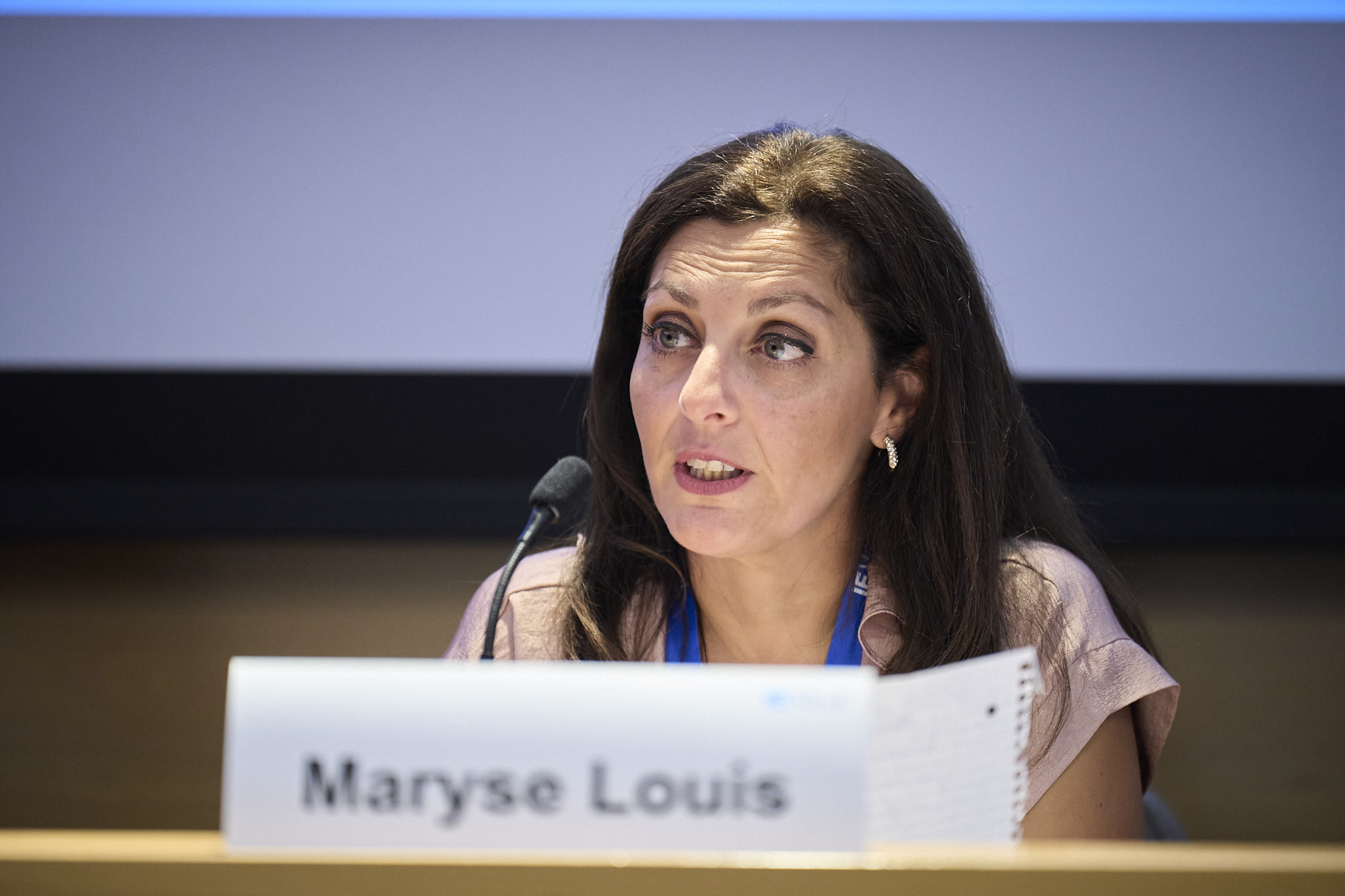 She mentioned that in a recent FEMISE joint study with CMI, it was found that there are more than 400 goods that are imported by the South Med countries and exported by the EU, however not among themselves, which provides lost opportunities. As Dr. Maryse states, the way forward for the region is to seize opportunities of integration with the EU through value chains.
She mentioned that in a recent FEMISE joint study with CMI, it was found that there are more than 400 goods that are imported by the South Med countries and exported by the EU, however not among themselves, which provides lost opportunities. As Dr. Maryse states, the way forward for the region is to seize opportunities of integration with the EU through value chains.
Speakers
- Ingrid Schwaiger, Deputy Head of Unit at the European Commission, states that there are challenges and imperfections in the region’s regulatory framework in relation to the market economy, as well as a lack of reforms which have resulted in a history of low growth and limited job creation, excluding very important parts of the populations particularly young people and women.
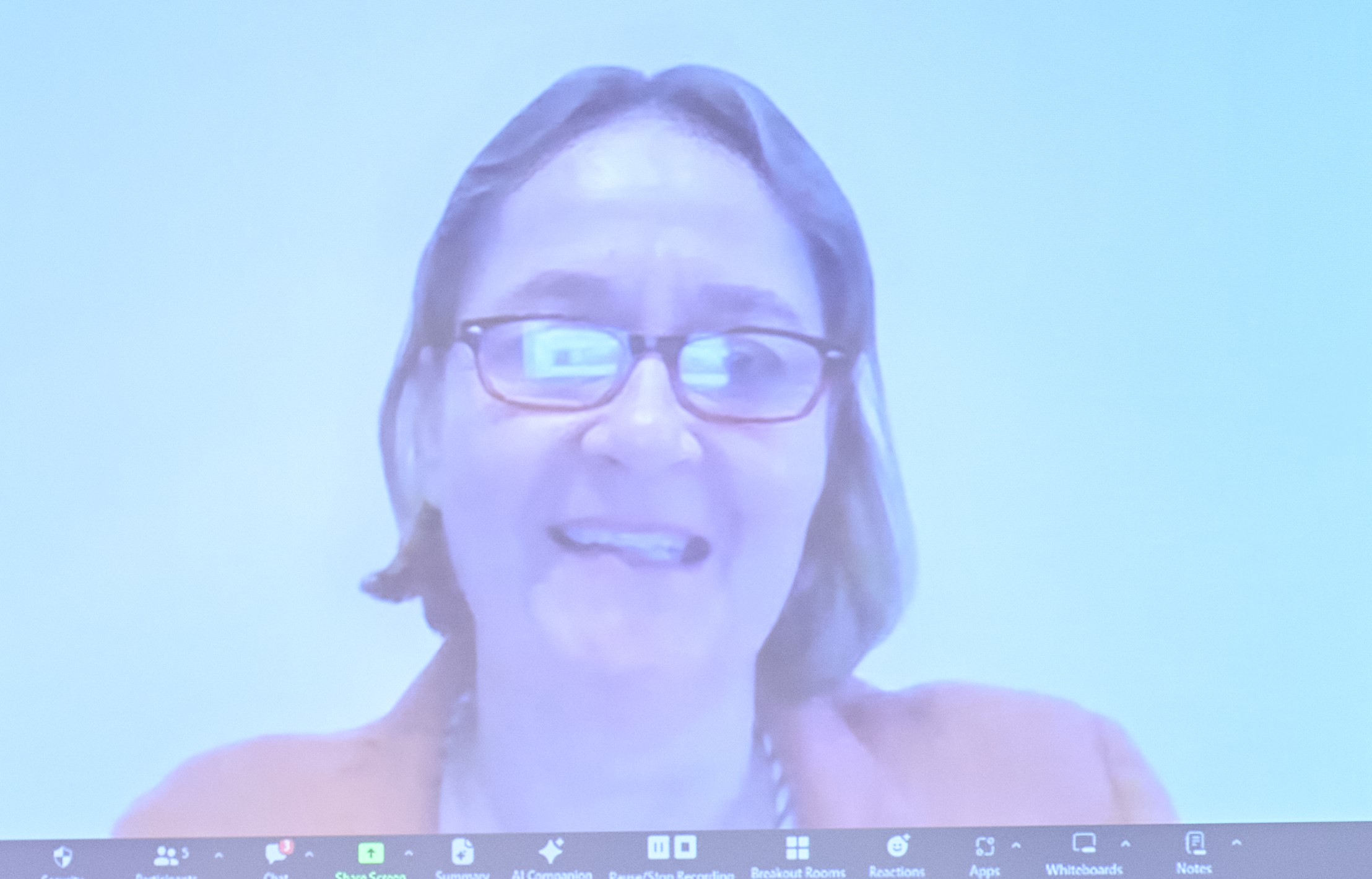 There is also the question of market size, competitiveness, but also modern transport and digital infrastructure that connect economies across borders as well as access to financing. Following the disruption of the global value chains in the context of post-covid, nearshoring has come to the fore. According to Ms. Ingrid, there is a need to move towards an equal playing field between the state owned enterprises and private firms and to promote the digital transition both in the public and private sectors. It is also important to better target subsidies that really reach the most vulnerable which would allow for more competition but also to include social and environmental concerns in trade and investment policies and regulatory convergence on some of these issues which would greatly facilitate the development of the EU and the Mediterranean as well as within Mediterranean value chains. Ms. Ingrid believes that energy and climate actions can become vectors of economic development and also job creation in the region.
There is also the question of market size, competitiveness, but also modern transport and digital infrastructure that connect economies across borders as well as access to financing. Following the disruption of the global value chains in the context of post-covid, nearshoring has come to the fore. According to Ms. Ingrid, there is a need to move towards an equal playing field between the state owned enterprises and private firms and to promote the digital transition both in the public and private sectors. It is also important to better target subsidies that really reach the most vulnerable which would allow for more competition but also to include social and environmental concerns in trade and investment policies and regulatory convergence on some of these issues which would greatly facilitate the development of the EU and the Mediterranean as well as within Mediterranean value chains. Ms. Ingrid believes that energy and climate actions can become vectors of economic development and also job creation in the region.
- Mohamed El Razzaz, Head of Sector at the Union for the Mediterranean (UfM), states that the heterogeneity of sub-regions within the greater Euro-Mediterranean region means that the “potential for a more integrated value chains in the region would be even more opportune”.
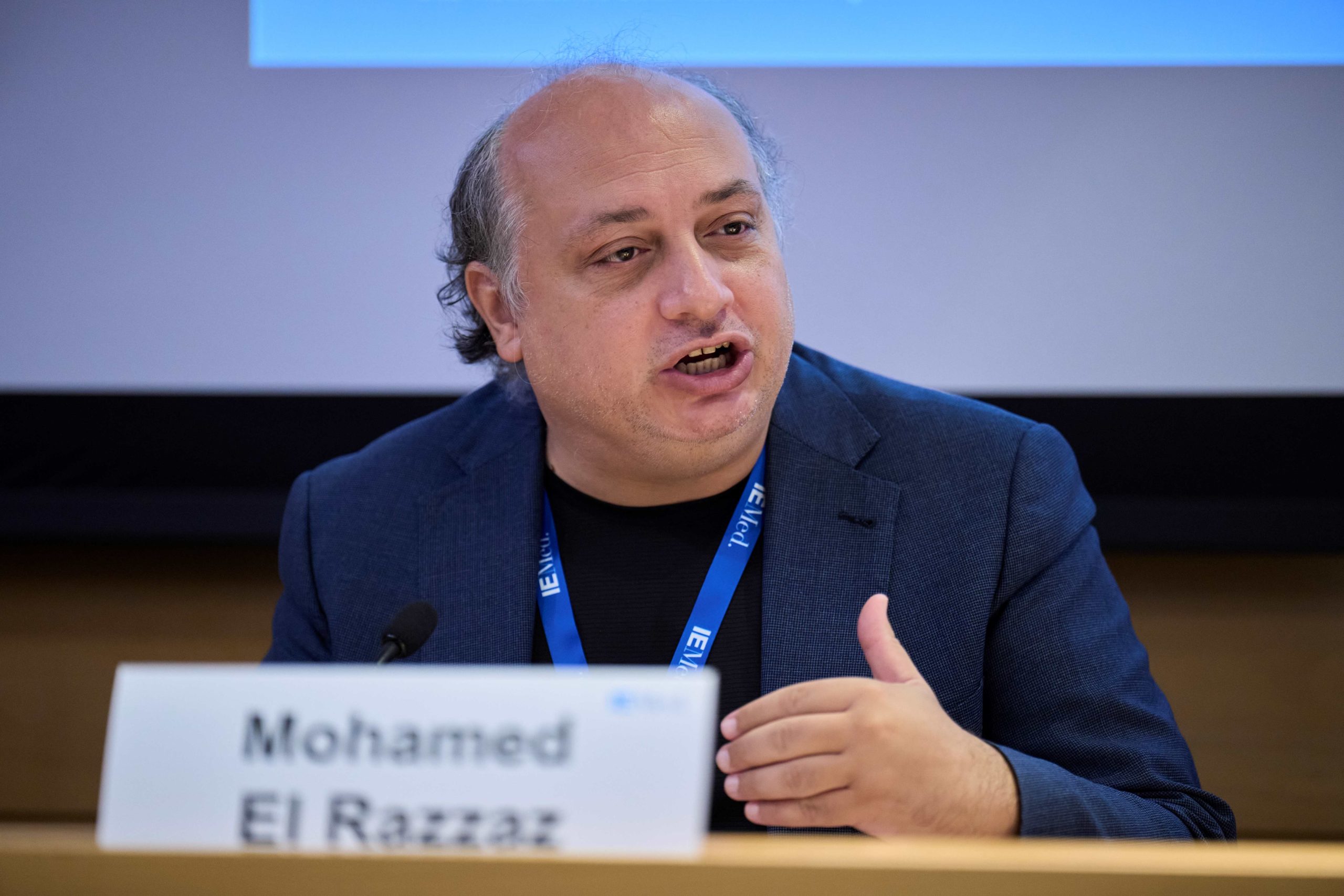 However, political will is needed to mobilize an action-oriented agenda in the region for the development of more integrated value chains. Following the current disruptions, namely covid 19 and the crisis or war in Ukraine, there has been speculations on how to envision a reconfigured region in terms of value chains. Scenarios were put forward such as potential proximization, reshoring and friend shoring towards which the empirical evidence has not necessarily shown a trend due to impediments. Mr. Mohamed points out certain areas highlighted in a first edition of a report produced on regional integration, by OECD with the financial support of German development cooperation, the integration of which would promote a win-win situation in the region: trade, financial markets, infrastructure movement as well as higher education and research.
However, political will is needed to mobilize an action-oriented agenda in the region for the development of more integrated value chains. Following the current disruptions, namely covid 19 and the crisis or war in Ukraine, there has been speculations on how to envision a reconfigured region in terms of value chains. Scenarios were put forward such as potential proximization, reshoring and friend shoring towards which the empirical evidence has not necessarily shown a trend due to impediments. Mr. Mohamed points out certain areas highlighted in a first edition of a report produced on regional integration, by OECD with the financial support of German development cooperation, the integration of which would promote a win-win situation in the region: trade, financial markets, infrastructure movement as well as higher education and research.
- Marc Lautier, Professor of Economics at University Rennes 2 in France states that while in the last 70 or 60 years most of the growth in the global workforce came from Asia, in the next 30 years, 7.1 billion workers will enter the labor market in Africa, which requires creating between 20 and 30 million jobs each year.
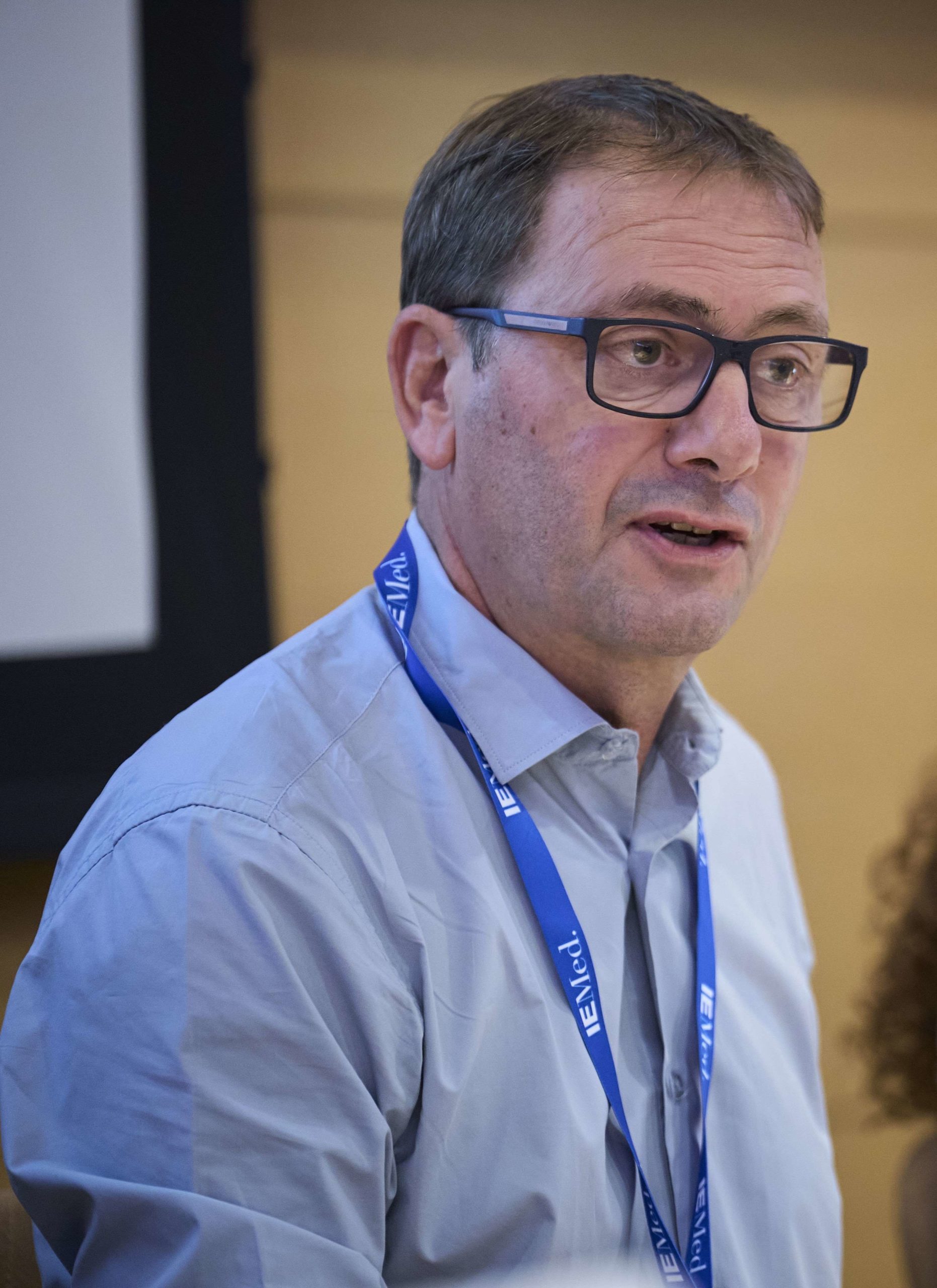 The main change over the last period has been the explosive increase in China’s number of sectors, with market shares reaching 40-50% of the global market. However, China’s successful economic development and the competitiveness of Chinese producers in a number of sectors are declining. Dr. Marc states that the decline of this market share opens windows of opportunity for other producers in low-wage developing countries. The fall of the garment industry which reached almost 10 percent led a number of new manufacturing exporters from East Asia to seize this opportunity. In the case of Africa, at current levels of exports or manufacturing production, the export potential for 2033 is estimated at $60 billion just for the three main labor-intensive industries. According to Dr. Mark, EU policy should promote regional integration through trade and boost export competitiveness, particularly for North African countries.
The main change over the last period has been the explosive increase in China’s number of sectors, with market shares reaching 40-50% of the global market. However, China’s successful economic development and the competitiveness of Chinese producers in a number of sectors are declining. Dr. Marc states that the decline of this market share opens windows of opportunity for other producers in low-wage developing countries. The fall of the garment industry which reached almost 10 percent led a number of new manufacturing exporters from East Asia to seize this opportunity. In the case of Africa, at current levels of exports or manufacturing production, the export potential for 2033 is estimated at $60 billion just for the three main labor-intensive industries. According to Dr. Mark, EU policy should promote regional integration through trade and boost export competitiveness, particularly for North African countries.
- Anna Ferragina, Associate Professor at the Department of Economics and Statistics of the University of Salerno, states that smaller companies are not able to serve the international market as much and cannot afford a complex type of integration.
 Joining a global value chain would allow SMEs to reduce the cost of trade and have a better chance of exploiting their comparative advantage without having to afford the whole production process. Firms must replicate quality certification for different destinations of their production. It is important to have increased specialization, economies of scale, knowledge spillovers and improved performance. Achieving the necessary level of productivity would make it possible to penetrate foreign markets as a “participant” in a global value chain.
Joining a global value chain would allow SMEs to reduce the cost of trade and have a better chance of exploiting their comparative advantage without having to afford the whole production process. Firms must replicate quality certification for different destinations of their production. It is important to have increased specialization, economies of scale, knowledge spillovers and improved performance. Achieving the necessary level of productivity would make it possible to penetrate foreign markets as a “participant” in a global value chain.
- Sana Afouaiz, Founder and CEO of the Womenpreneur Initiative, states that over 50% of the MENA population are actually women who are excluded from data, studies and policies, reflecting the amount of work that needs to be done in terms of gender inclusion at all levels.
 Female entrepreneurship is still very unstructured, with women operating in poverty in very small businesses and this is exactly what is happening in the Mena region. More than 60% of women in the region work in the informal economy, raising the question of how to regulate trade and opportunities. They do not have the right to own land and have very limited access to the benefits of agriculture. Although the Mena region has the largest number of females studying in the world, they remain invisible in job markets due to cultural and social norms. As Ms. Sana states, we need to “advocate for the voices of women” and “invest” in them.
Female entrepreneurship is still very unstructured, with women operating in poverty in very small businesses and this is exactly what is happening in the Mena region. More than 60% of women in the region work in the informal economy, raising the question of how to regulate trade and opportunities. They do not have the right to own land and have very limited access to the benefits of agriculture. Although the Mena region has the largest number of females studying in the world, they remain invisible in job markets due to cultural and social norms. As Ms. Sana states, we need to “advocate for the voices of women” and “invest” in them.
Watch The Full The Session :



